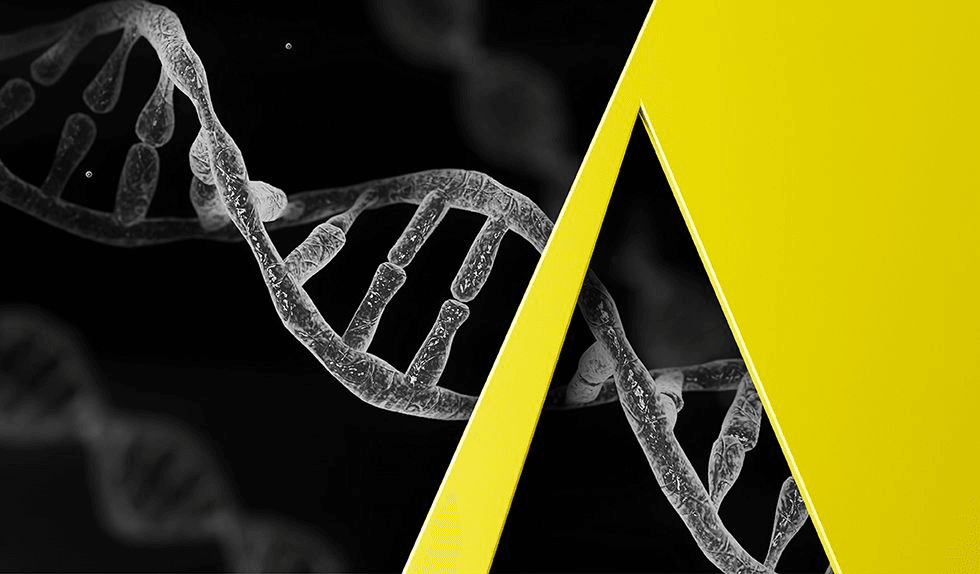Roughly one out of every ten people in the United States are affected by rare diseases. Many of these conditions are life‑threatening, and most lack FDA-approved treatments. Developing therapies for rare diseases, however, is challenging for various reasons, including the complex biology involved, the limited understanding of disease progression (i.e., the natural history), and the difficulties of conducting clinical trials in small patient populations. FDA engages with many stakeholders in the rare disease community to inform the development of safe and effective therapies and has made, in recent months, major strides in amplifying these efforts.
This past summer, FDA created the Rare Disease Innovation Hub (the Hub), which seeks to strengthen and unify efforts between FDA’s Center for Drug Research and Evaluation (CDER) and Center for Biologics Evaluation and Research (CBER).1The Hub will be a central point of connection for the centers and the larger rare disease community and will leverage cross‑agency expertise to accelerate the development of new treatments. Although a range of rare diseases will be addressed, the Hub will have a particular focus on diseases with small patient populations and complex natural histories not yet fully understood.
The Hub is co‑led by the directors of CDER and CBER—Drs. Patrizia Cavazzoni and Peter Marks—and has three primary functions:
- Serve as the single point of connection for the rare disease community—including patients, caregivers, trade organizations and scientific and academic organizations—and help the larger rare disease community navigate key intersections across FDA.
- Enhance intercenter collaboration to address common scientific, clinical and policy issues in rare disease product development and ensure consistency across offices and Centers.
- Advance regulatory science with initiatives focused on novel endpoints, biomarker development and assays, innovative trial design, real world evidence and statistical methods.
Alongside their roles as directors of the Hub, Drs. Cavazzoni and Marks also co‑chair the Rare Disease Innovation Steering Committee and will work closely with leadership in FDA’s Center for Devices and Radiological Health, Oncology Center of Excellence, Office of Orphan Products Development and Office of Combination Products. As directors, Drs. Cavazzoni and Marks hope to “disseminate [their] shared vision and develop a comprehensive cross‑center strategic agenda to align efforts, identify and enable innovative approaches, and streamline communication to better serve the rare disease community.”
Additionally, the new senior leadership position created for the Hub, the Director of Strategic Coalitions (Associate Director of Rare Disease Strategy), will play a pivotal role. The associate director will report to both directors and will act as the primary contact for external stakeholders, identify their needs and promote FDA staff engagement so that insights from these interactions inform FDA approaches and policies. Another key responsibility of the associate director is to build strategic coalitions between CDER and CBER to harness the deep expertise within each Center and tackle shared challenges in rare disease treatment.
Although CDER and CBER already collaborate, the creation of more formal structures for their interactions will strengthen engagement. These structures include regular meetings and dedicated workstreams on cross-cutting rare disease‑related issues, such as the use of real‑world data, clinical trial methodology, and statistical approaches. This intentional collaboration will leverage insights from existing rare disease programs and pilot programs—such as the CDER Accelerating Rare disease Cures (ARC) Program, the CBER Rare Disease Program, the Rare Disease Endpoint Advancement (RDEA) Pilot Program, and the Support for clinical Trials Advancing Rare disease Therapeutics (START) Pilot Program. Unifying the Centers’s efforts is poised to bring greater advances in identifying promising drug targets and developing gene therapies for rare disease patients.
In recent weeks, FDA has made major steps towards establishing the Hub. On October 16, 2024, FDA hosted a public meeting to gather feedback from the rare disease community. The meeting was attended by the Hub’s leadership, patient advocates, academic researchers, members of the regulated industry, and many others to discuss the Hub’s priorities and how the Hub can best engage with the community. Last week, FDA announced that it had selected Amy Comstock Rick, J.D., to serve as the Director of Strategic Coalitions for the Hub. Ms. Rick previously served as a principal consultant at Leavitt Partners and the President and CEO of the Food & Drug Law Institute. She brings over twenty years of experience as a leader in health care, biomedical research and nonprofit communities.
The Hub reflects FDA’s ongoing commitment to the development of safe and effective therapies for rare diseases. In light of these efforts, interested parties can anticipate that the issue of standards for approving rare disease therapies, especially ultra rare diseases, is likely to be an area of focus in the next user fee cycle. It is likely that rare diseases will also be an area of focus in the next round of user fee negotiations.
For more information, please visit the FDA Rare Disease Innovation Hub website.
1 In 2023, more than half of all novel drugs and biologics approved by CDER and CBER were intended for the prevention, diagnosis or treatment of a rare disease or condition.


